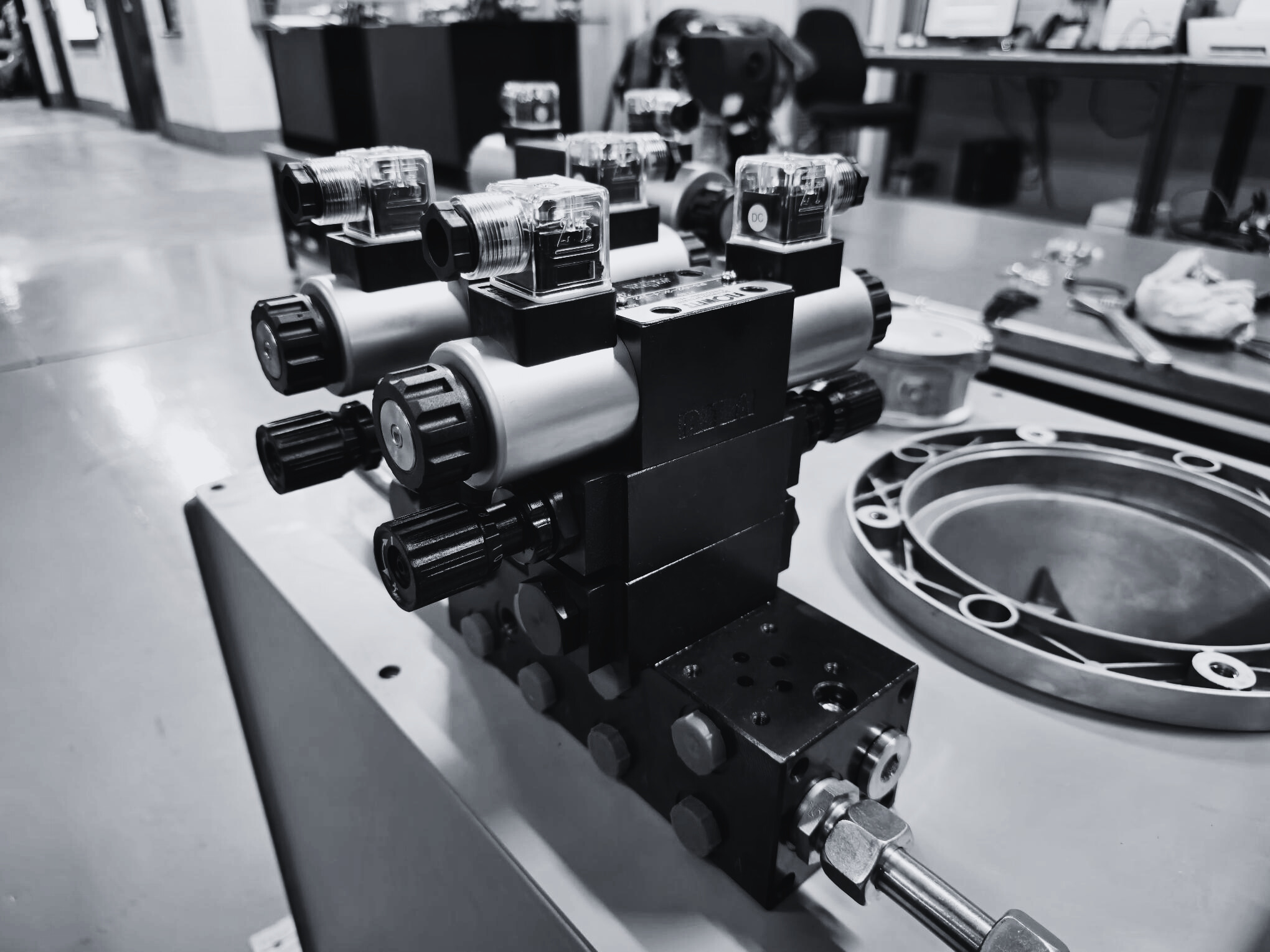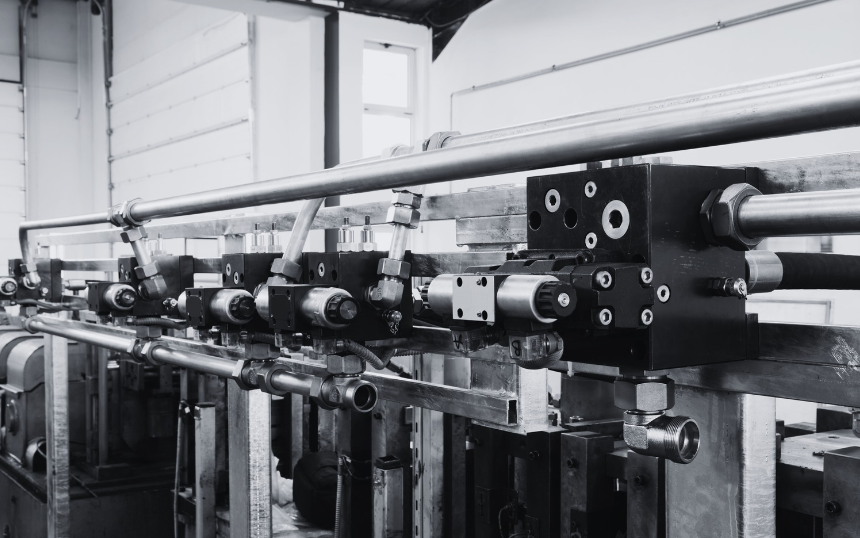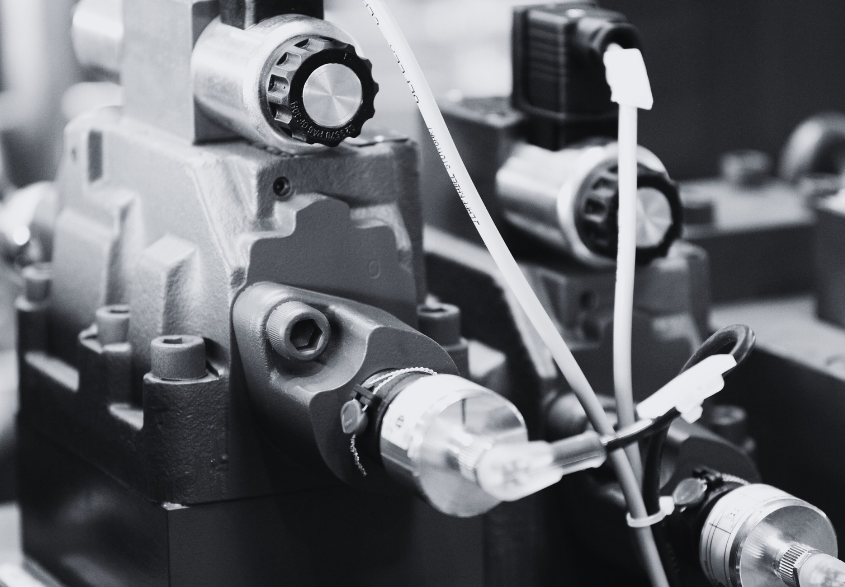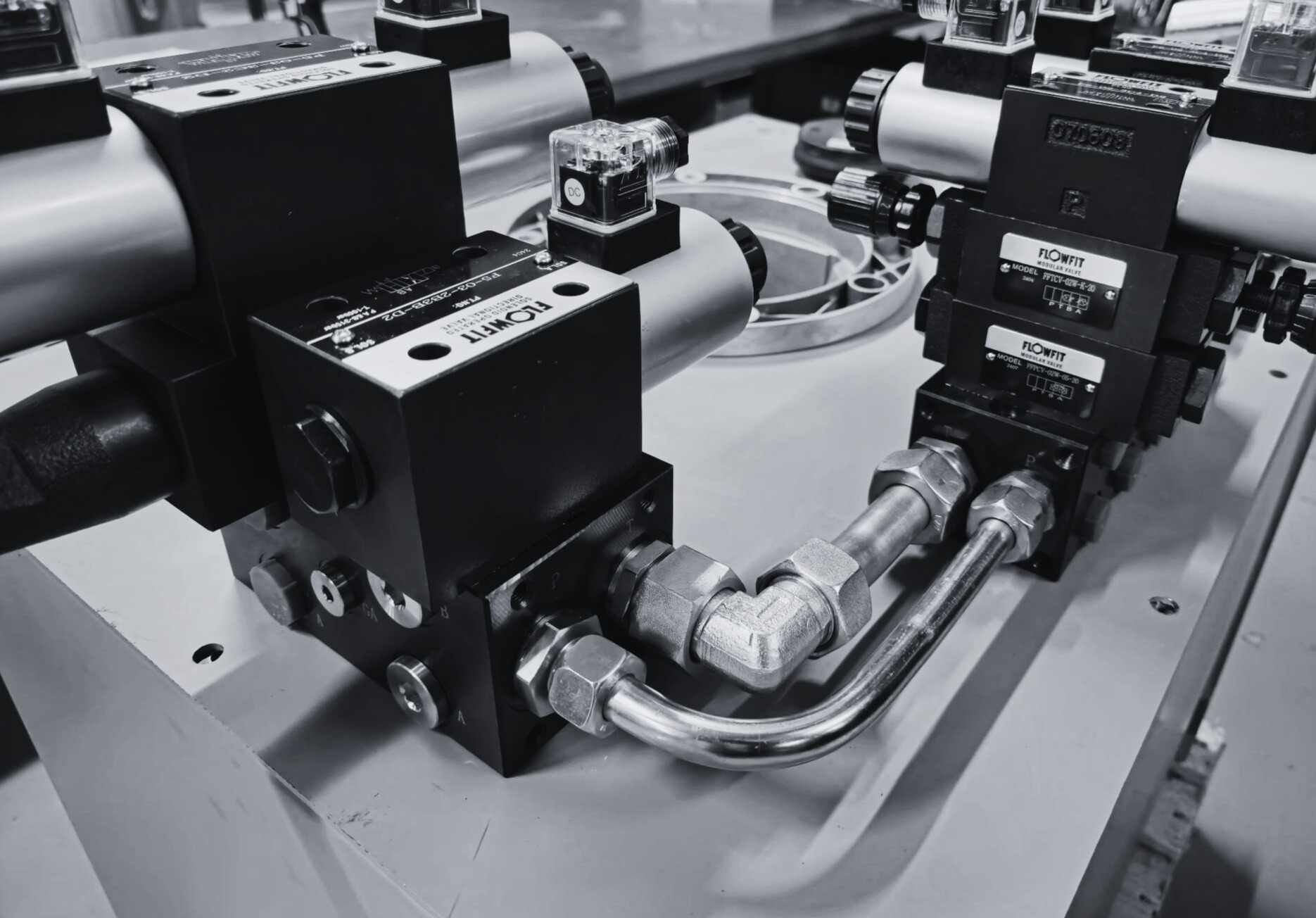The Role of Cetop Valves in Hydraulic Systems
What are hydraulic Cetop valves?
Hydraulic Cetop valves are a type of hydraulic control valve commonly used in fluid power applications to manage the flow and direction of hydraulic fluids within a system. The term "Cetop" refers to a standard developed by the Centro Italiano di Unificazione Tecnica (CETOP), which defines the dimensional and functional specifications for hydraulic components.

What are the different types of Cetop valves?
Understanding the different types of hydraulic Cetop valves and their specific functions is essential for selecting the right components for your hydraulic systems. Each type is designed to meet varying application requirements, from light-duty systems to heavy-duty industrial machinery.
1. Cetop 3 Valves
Designed for smaller applications with lower flow rates and pressure.
2. Cetop 5 Valves
Medium-sized valves that handle moderate flow rates and pressures.
3. Cetop 7 Valves
Larger valves designed for high flow rates and pressure handling.
4. Cetop 8 Valves
Larger than Cetop 7, designed for very high flow rates and pressure capabilities.
How do Cetop valves work?
Cetop valves operate by directing the flow of hydraulic fluid through various ports within the valve body. Depending on the valve's configuration (such as 2-way, 3-way, or 4-way), they can either allow or block fluid flow, thus controlling the movement of hydraulic actuators like cylinders or motors.

What are the benefits of using hydraulic Cetop valves?
Hydraulic Cetop valves provide several benefits, including versatility for various applications and compatibility with different actuation methods such as manual and solenoid. Their compact, modular design enables easy assembly and modifications, offering precise control over fluid flow and pressure while reducing energy consumption. Constructed for reliability, these valves perform well in harsh conditions and require minimal maintenance due to standardized components. Built-in safety features enhance operational safety, while their long lifespan and increased productivity lead to lower replacement and repair costs. Additionally, they easily integrate with other hydraulic components for customized solutions.
Differences between Manual, Solenoid and Modular Cetop Valves
Manual Cetop Valves: These valves are operated by a physical lever or knob that the operator adjusts manually, providing direct, tactile control over the flow and direction of the hydraulic fluid.
Solenoid Cetop Valves: Operated by an electromagnetic solenoid that moves the valve spool when an electric current is applied, these valves allow for remote and automated control of hydraulic systems, making them ideal for applications requiring quick actuation.
Modular Cetop Valves: These valves are designed for modular systems, enabling integration with other hydraulic components, and can incorporate both manual and solenoid actuation, making them highly adaptable for a variety of applications.
What applications are hydraulic Cetop valves commonly used in?
Hydraulic Cetop valves are commonly used in a variety of applications, including:
- Industrial Machinery: They control hydraulic systems in manufacturing equipment such as presses, injection moulding machines, and conveyor systems.
- Construction Equipment: Used in excavators, bulldozers, and loaders to manage hydraulic functions like lifting, digging, and steering.
- Agricultural Equipment: Commonly found in tractors, harvesters, and other farming machinery for tasks such as plowing, planting, and harvesting.
- Material Handling: Utilized in forklifts, pallet jacks, and other lifting devices for effective load movement and positioning.
- Marine Applications: Used in hydraulic systems for cranes, winches, and steering mechanisms on boats and ships.
- Aerospace: Integral to hydraulic systems in aircraft for controlling landing gear, flaps, and other critical functions.
- Power Generation: Found in wind turbines and hydraulic turbines to manage fluid flow and pressure.

How do Cetop valves compare to other types of hydraulic valves?
Cetop valves stand out for their standardization, modular design, and versatility in hydraulic applications. While other types of hydraulic valves may excel in specific functions or conditions, Cetop valves provide a balanced solution for a wide range of hydraulic systems, making them a popular choice in various industries.
Cetop Valves: Designed according to CETOP standards, ensuring compatibility and interchangeability among various manufacturers. They typically come in standard sizes (e.g., CETOP 3, CETOP 5, CETOP 7) and offer modular design for easy integration into hydraulic systems.
Other Hydraulic Valves: May vary significantly in design, construction, and specifications. Other valve types (like poppet valves or ball valves) might not adhere to standardized sizing, making compatibility more complex.
Revolutionize Your System with Flowfit Hydraulic Cetop Valves

Our models are available in a wide range of specifications to meet the requirements of your hydraulic system and ensure its continued smooth and reliable operation.
Contact us today to speak with one of our hydraulic specialists and explore your options. You can also shop for hydraulic cetop valves valves directly through our website.
The total one-stop supplier for hydraulic components & systems
Get in touch
Parys Road
Ludlow
Shropshire
SY8 1XY








